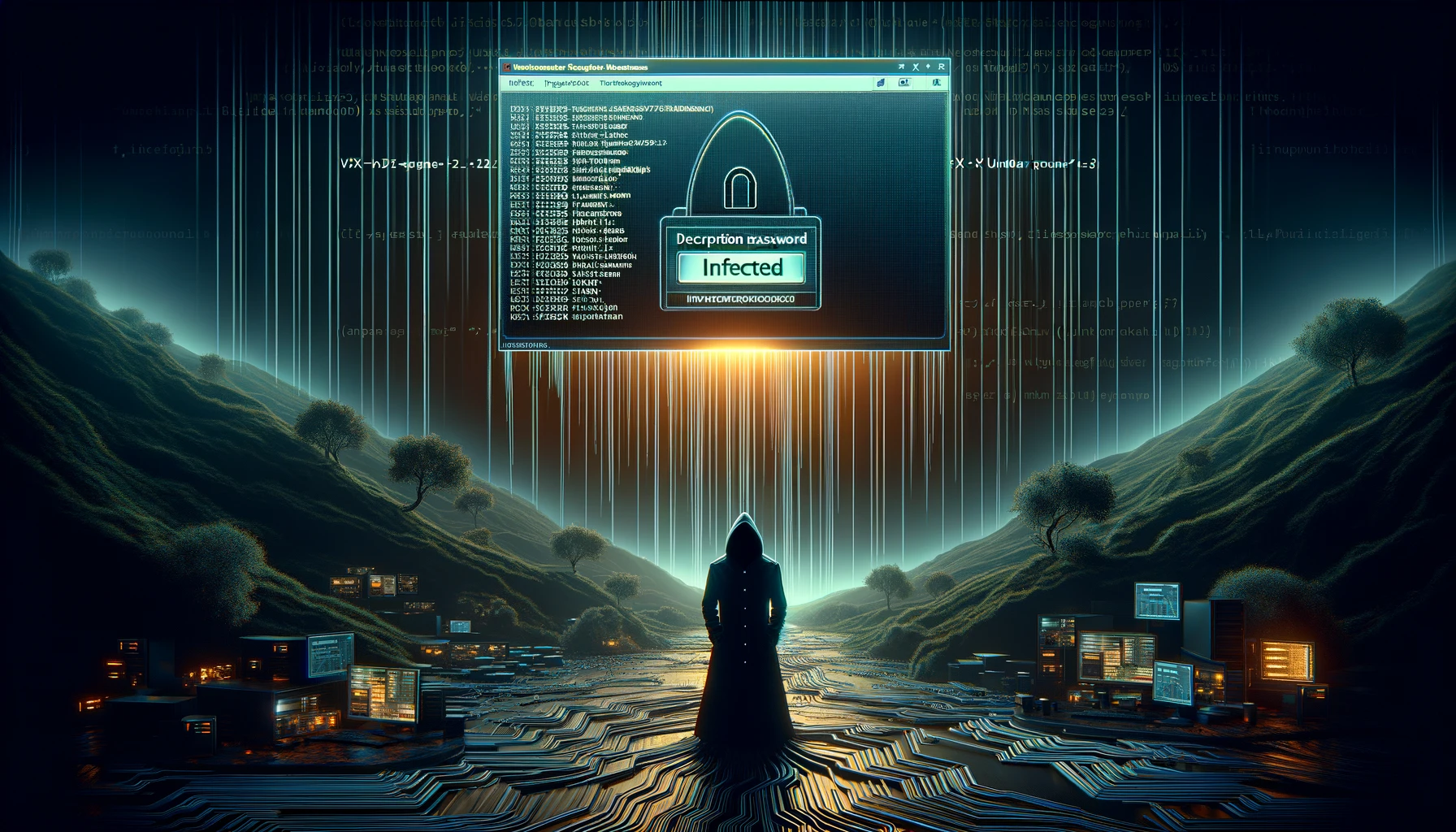Introduction
In a recent development within the cyber threat landscape, a Phobos ransomware variant has intriguingly attempted to frame VX-Underground, a respected malware-sharing collective. This situation highlights the nuanced and often complex interactions within the cybersecurity and cybercriminal communities.
Phobos Ransomware: An Overview
- Origins: Phobos, emerging in 2018, is believed to have evolved from the Crysis ransomware family. It operates on a ransomware-as-a-service model, involving a collaboration of developers and affiliates for the distribution of the ransomware Details on Phobos’ Origin and Operations.
- Distribution and Impact: Despite not being categorized as an “elite” ransomware operation, Phobos has witnessed broad distribution and substantial submissions to ransomware identification services Phobos Distribution Analysis.
- Technical Capabilities: Phobos is known for its capabilities in encrypting both local and network-shared files, bypassing User Account Control (UAC), and employing robust encryption methodologies Phobos Technical Analysis.
VX-Underground Framing
- The Misleading Tactic: A variant of Phobos ransomware has been modifying encrypted files’ extensions to include references to VX-Underground. This tactic seems designed to mislead victims into associating the respected malware information source with ransomware attacks.
- Ransom Notes: The ransom notes, including both text and HTA files, humorously hint at VX-Underground by mentioning that the decryption password is not “infected,” an inside joke within the cybersecurity community acknowledging the password used on all VX malware archives Ransom Notes Details.
Profile of VX-Underground
- Role and Reputation: VX-Underground is recognized as a trusted source in the cybersecurity field, providing a valuable repository of malware source code, samples, and research papers. Their contribution is pivotal for researchers and analysts in understanding and combating cyber threats.
- The Misrepresentation: The framing of VX-Underground by the Phobos ransomware underscores the complexities in the malware research community, where trusted sources can sometimes be unjustly implicated in cybercriminal activities.
The framing of VX-Underground by a Phobos ransomware variant serves as a reminder of the multifaceted nature of cybersecurity threats. It highlights the need for thorough investigation and contextual understanding of threat actors’ tactics.
For cybersecurity professionals, this case underlines the importance of discerning the source and intent behind cyber attacks, particularly when trusted entities in the field are seemingly implicated. The humorous nod to the decryption password being “infected” also adds an element of cyber culture awareness that professionals might find both amusing and insightful.
Further Reading
- Phobos Ransomware: A Detailed Look by Talos Intelligence
- Understanding the VX-Underground Ransomware – Analysis by PCrisk
- RedPacket Security’s Coverage of the VX-Underground Framing Incident
- VX-Underground’s Role in Malware Research – BleepingComputer
This detailed profile aims to provide a comprehensive view for threat intelligence and threat hunting teams, enabling them to better understand the dynamics of this specific ransomware variant and its implications in the cybersecurity community.

